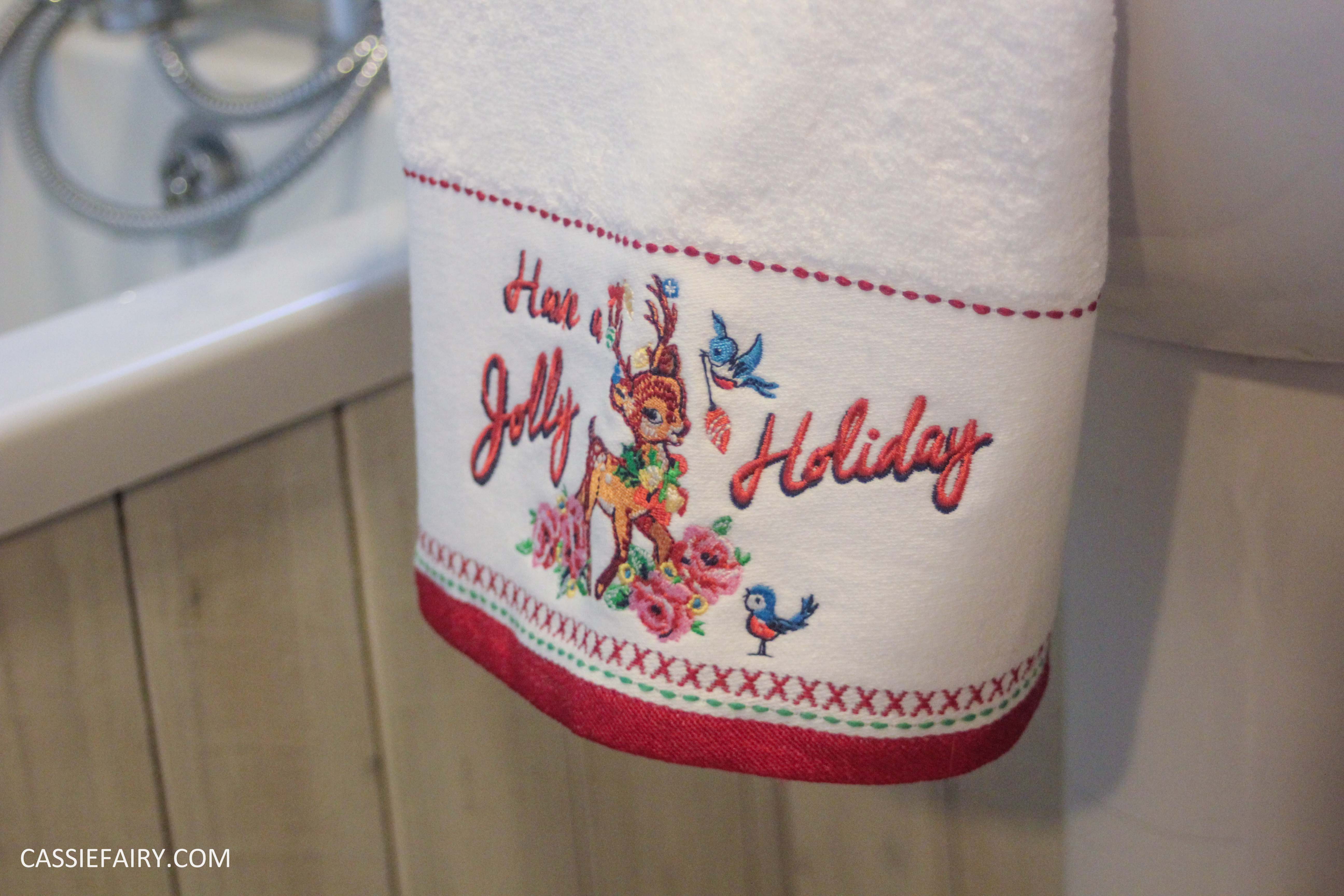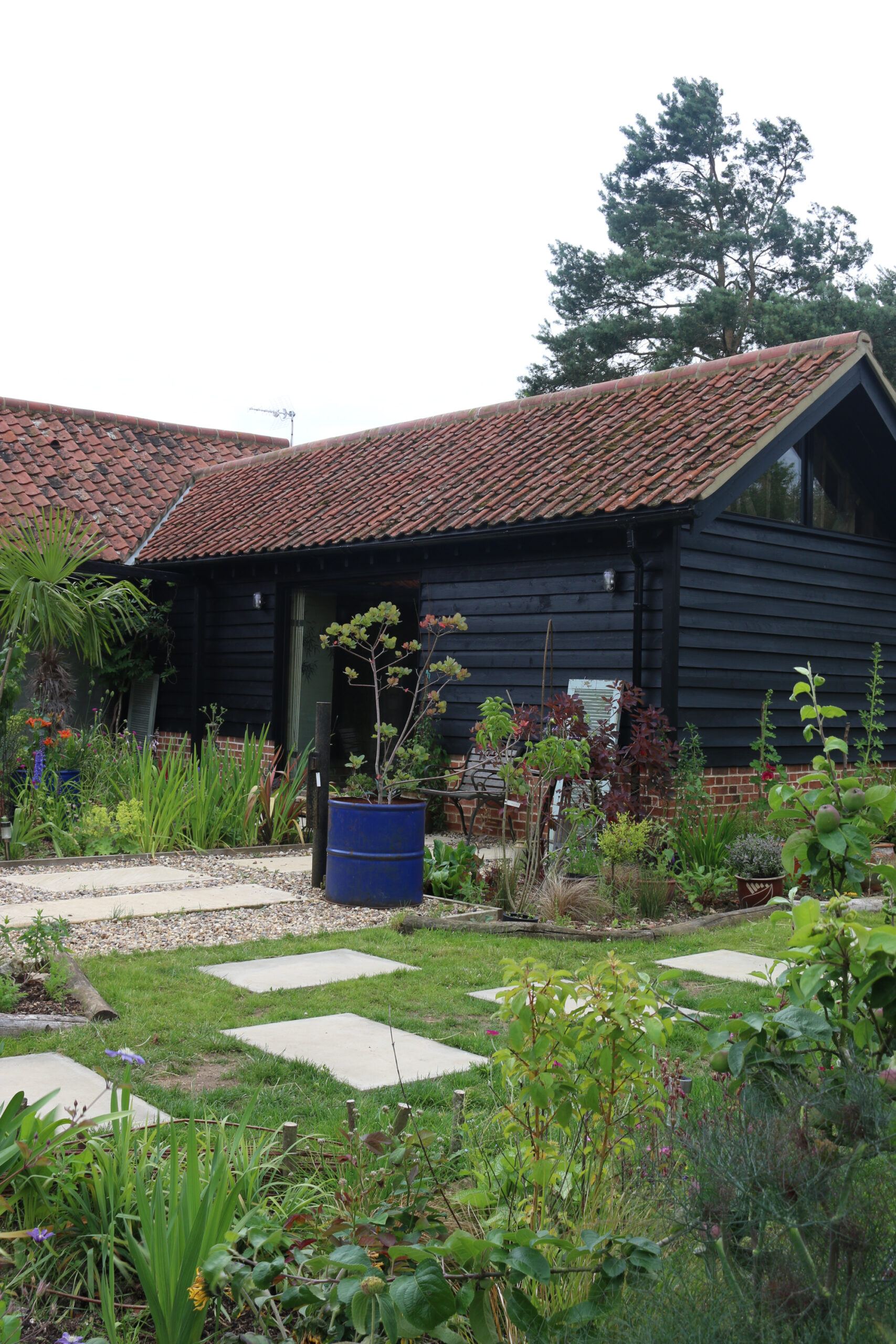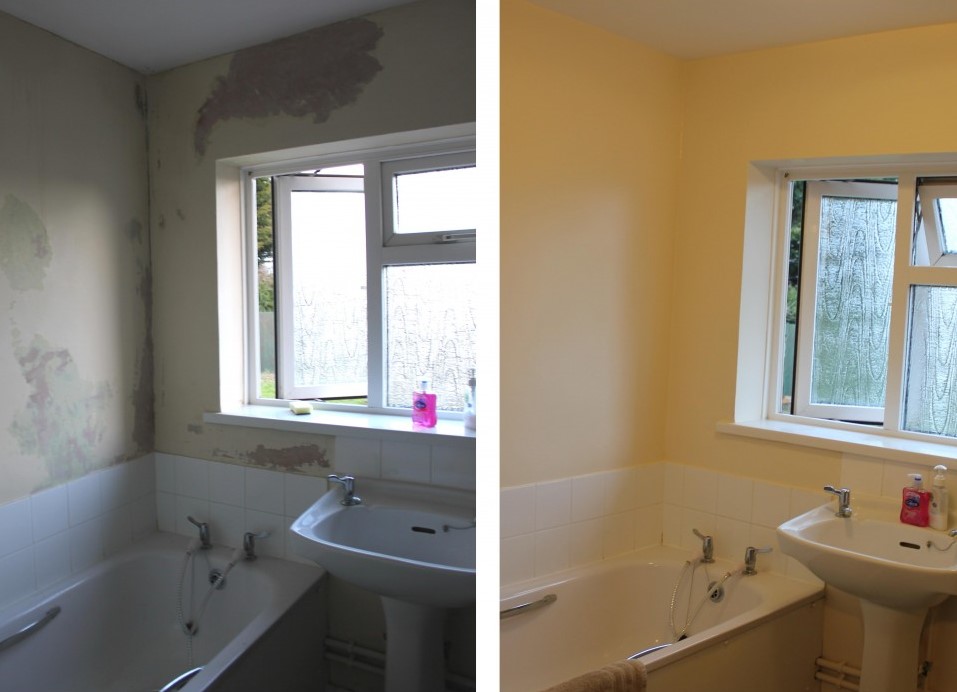
Over the years, I’ve lived in many homes that had problems with dampness, mould and condensation. My husband and I used to joke that rather than being like King Midas where everything he touched turned to gold, we were King and Queen Mouldas and everything we touched turned to mould! But actually, it wasn’t US that was causing the mould – it was the buildings we lived in.
So we’ve got pretty good at spotting the signs of damp and removing and preventing mould. Now, in our own home, I haven’t seen any mould appear at all. Aside from bigger issues like a leaking roof, broken gutter or poor foundations of the property where you might need dry out services, there are many easily fixable reasons why you might have a damp-smelling house and noticeable mould on your walls.
AIRING YOUR HOME
One of the main causes of mould is that our homes are too well sealed. Those double-triple-glazed PVC windows don’t allow any drafts into the room, so no fresh air is circulating. I spotted a property on Homes Under The Hammer (which I enjoyed watching while I was off work over Christmas – how much do I want to go to a property auction now?!) that was a new build but was covered with mould on all the walls. It was worse than any of the old properties I’ve lived in and it’s all down to lack of circulating air.
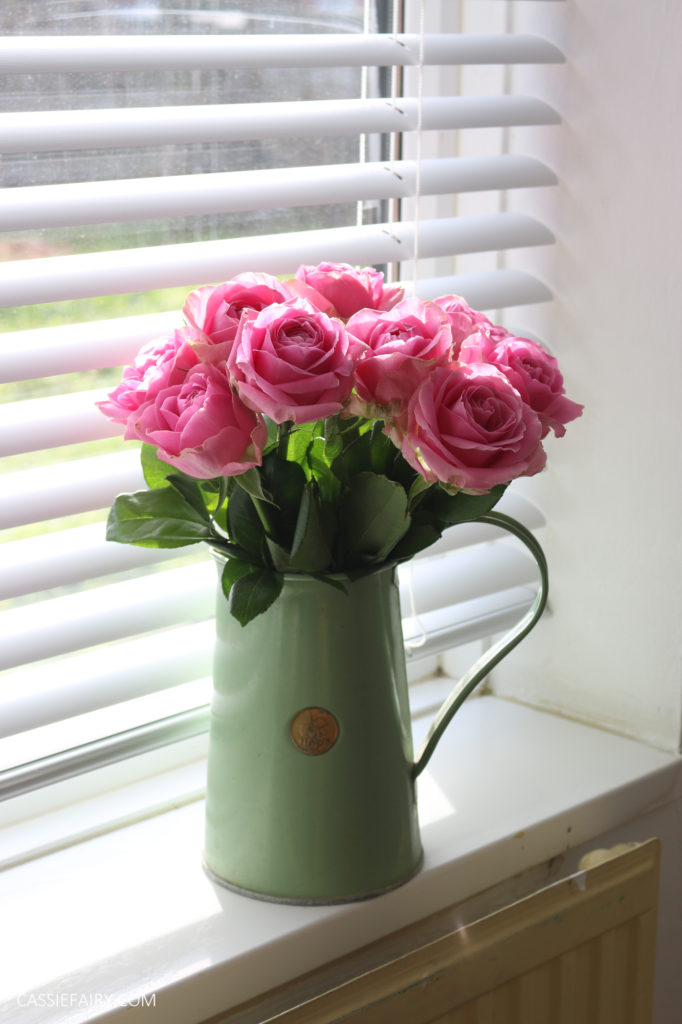
So the easiest thing you can do to prevent mould is air your home. You can open the windows whenever the weather permits and, in the meantime, you can keep those little vents above your windows open to allow a little air into the room all year round. Oddly enough, our double-glazed windows aren’t tightly fitted and probably need replacing so we often get billowing blinds on a windy day even when the windows are shut. So we know that we’re getting plenty of air into our home and honestly I don’t think I want to replace the old windows because they’re doing such a good job of preventing mould!
DAMP PROOFING WALLS
While it is possible to have your walls professionally damp-proofed, it’s likely that your home already has damp proofing, especially if it’s newly built. Instead of costly damp proofing services that you might need to save up for, there is something you can do to tackle the problem yourself. You can get equipment for damp proofing walls, such as roller-on wall sealers or water repellents designed to prevent penetrating damp. These provide an invisible barrier that repels water so that it doesn’t sink into the walls, yet still allows the walls to breathe.
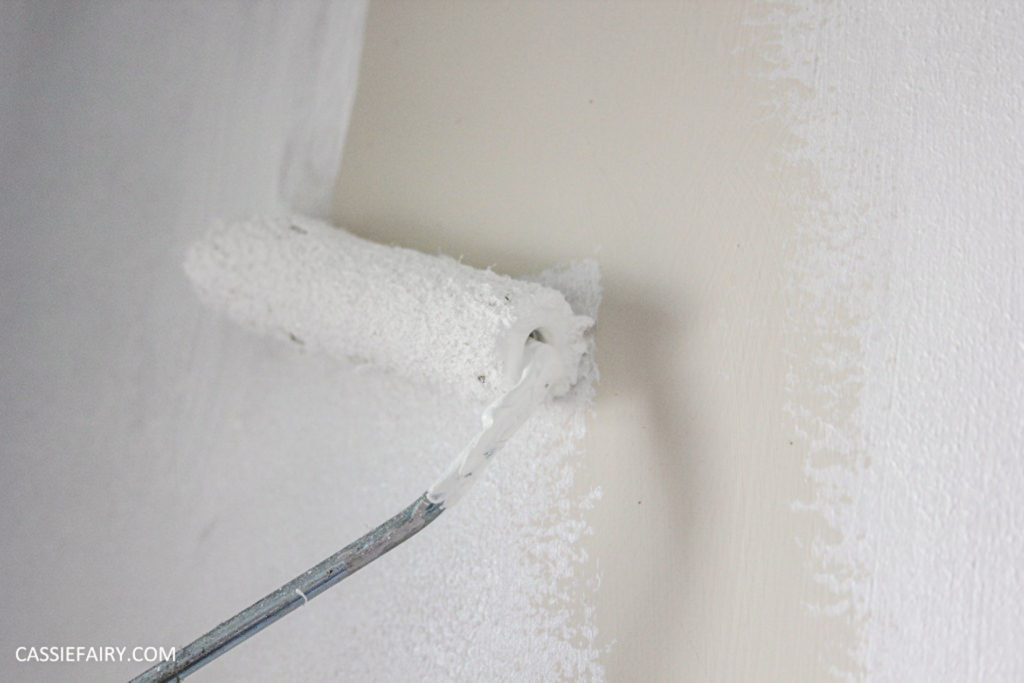
If you already have moisture or mould on external walls, take outside for any possible causes such as leaky gutters, broken roof tiles, cracks, over-full drains, as these would indicate a bigger repair is needed to solve the damp. Internally, clean the mould off the surface of walls and windows, move furniture away from the walls and allow the air to circulate. A dehumidifier in the room might help to draw out any moisture and dry out the walls before you damp proof them.
REMOVE MOISTURE
Steam is a big cause of moisture within the home, and when moisture settles on the walls or windows, that’s when mould can begin to grow. Condensation could cause damp to appear underneath the paint on your walls and the flaking paint might need scraping off. So it’s essential to have an extractor fan in the kitchen and bathroom to suck moisture out of the space and send it outdoors. We have an eco-fan in our bathroom and kitchen that runs all the time to draw out moisture and it costs less than £10 to run all year. Then, when we have a shower or cook dinner, we can use the booster fan on the unit for extra suction.
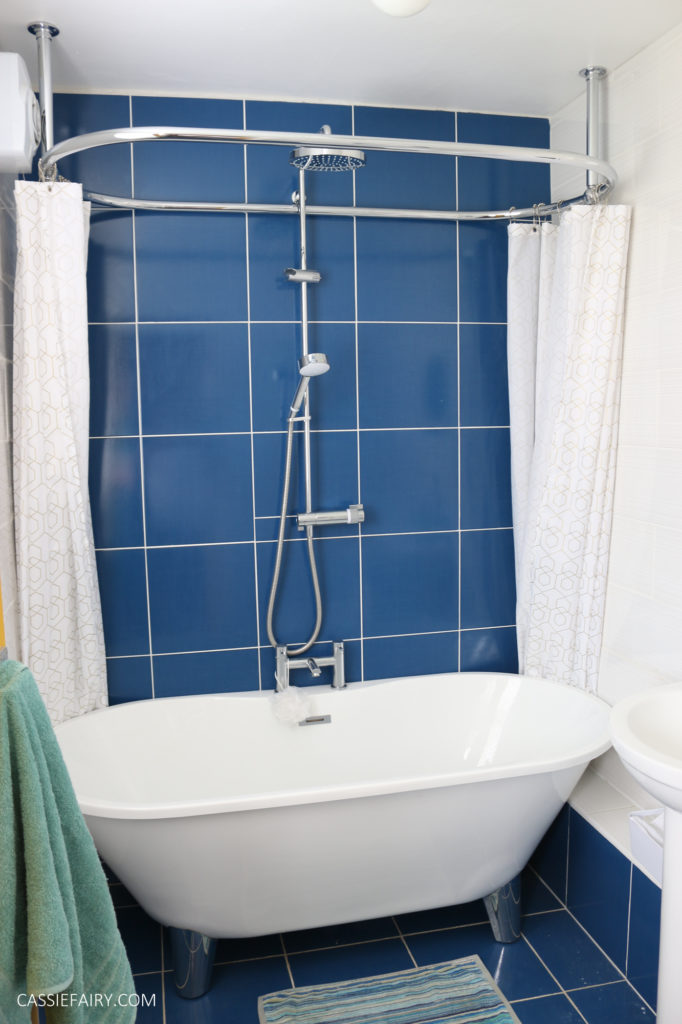
If you don’t have an extractor and can’t cover the cost of installing a fan at the moment, you need to open windows after you’ve created any steam to remove the moisture from the room. If condensation appears on your windows at any time, use a window squeegee to clear off the window and wipe up the moisture. I usually spot condensation on the window in the mornings after an evening bath. It’s worth clearing up the condensation as that’ll minimise the amount of moisture that ends up in the air. You could also use a dehumidifier in the space if you’ve got one.
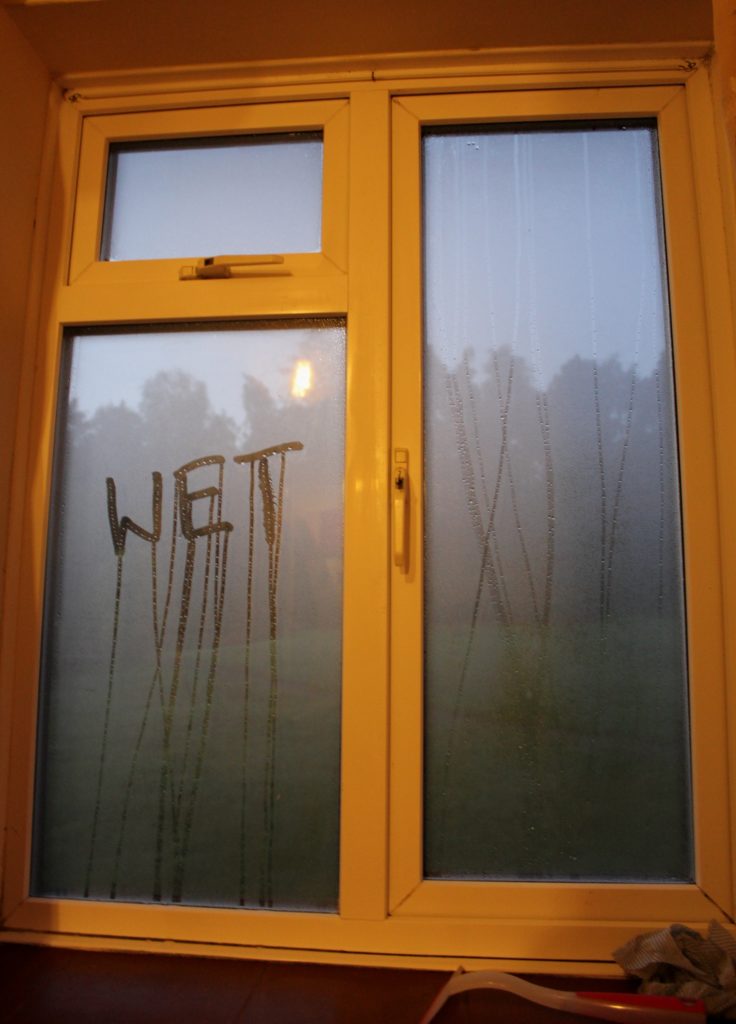
Let me know your own tips for getting rid of mould and for keeping your home moisture-free in the comments below. I’d love to hear your advice if you’ve had a problem with mould or damp in the past so that I can learn from your experience too 🙂
PIN IT FOR LATER

This article is a sponsored collaboration. The pink links in the content indicate a sponsored link or information source. The blog post reflects my own experience and the sponsor hasn’t had any control over my content 🙂


















